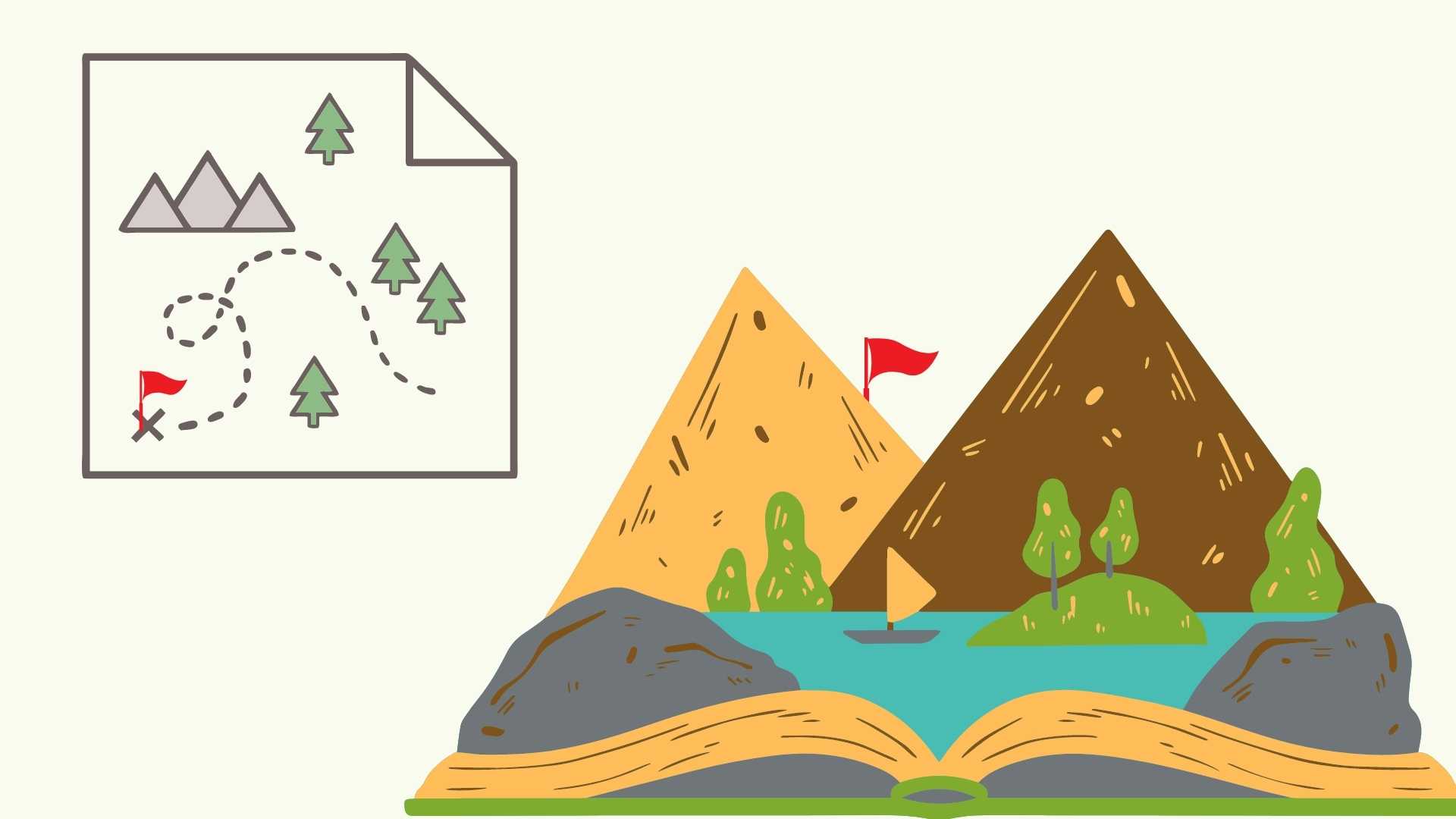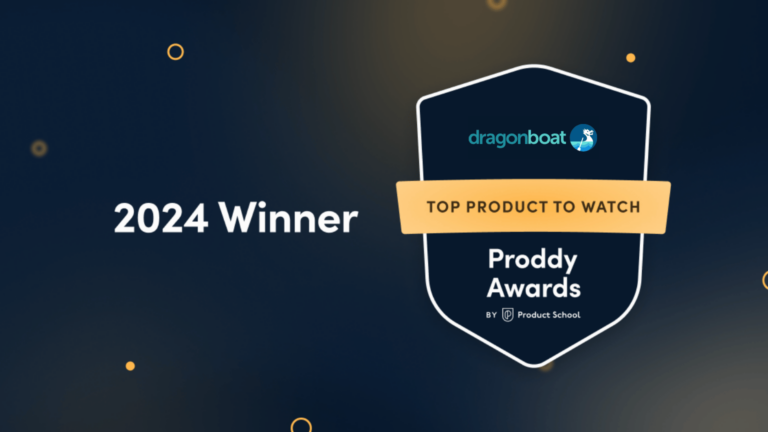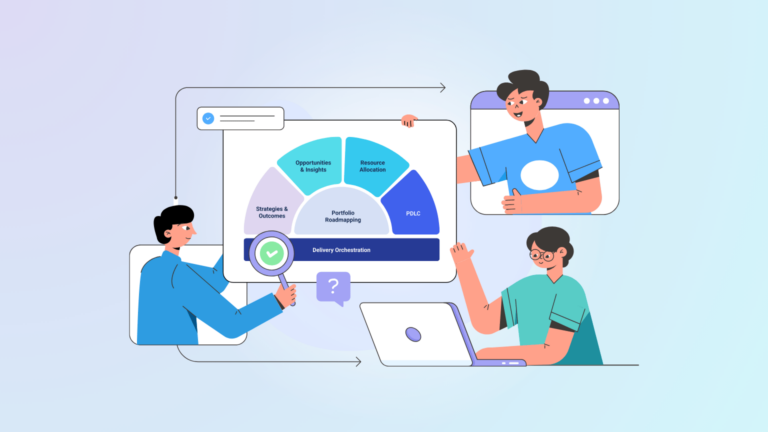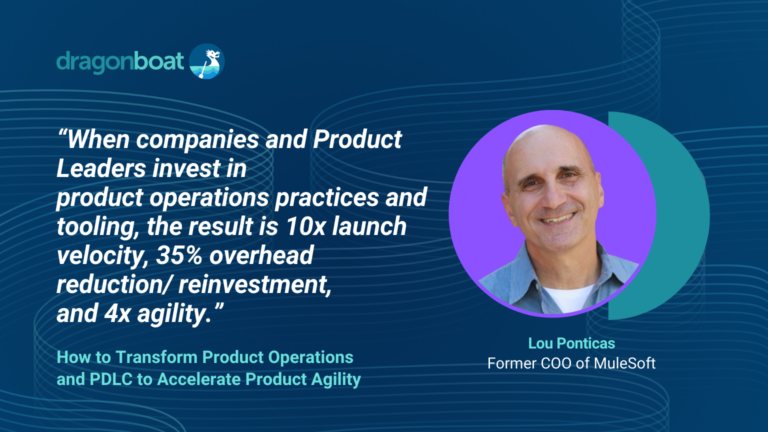Before we answer this question, let’s take a look at the difference between a roadmap and a portfolio plan.
A roadmap is one output of a portfolio plan. A roadmap conveys what will be built and the desired sequence.
A portfolio plan conveys what outcomes the product team aims to produce via the underlying strategies, associated resource allocation, and the initial drawing of a set of roadmaps that each reflect one of a few key portfolio dimensions.
If you have to juggle competing goals, align multiple stakeholders, manage dependencies, track progress, and/or adjust product roadmaps from time to time, you need more than just a roadmap tool.
You need a Product Portfolio Management (PPM) tool – A PPM tool covers the full workflow of building products, the backbone for effective product operations.
There Are 3 Types of Activities Involved in Building Products
- Product management activities – define the WHY and WHAT
- Functionally focused activities – define the HOW
- Program management activities – plan and track WHO, WHEN, and WHAT-IF
First, some definitions:
- HOW – as in how the same product feature could be implemented in multiple ways, by the same engineer or a different team altogether.
- WHO – as in the resources needed – for frontend, or backend, or data engineering, or a different team.
- WHEN – as in the sequence and schedule, considering the HOW, WHO, and Dependencies.
- WHAT-IF – as in the multiple product feature scenarios that can be put together in a roadmap, during both the initial plan and subsequent changes.
All 3 types of activities are essential in connecting outcomes and strategies with product and resources. This is where the multi-dimensional, responsive product portfolio management framework comes in.
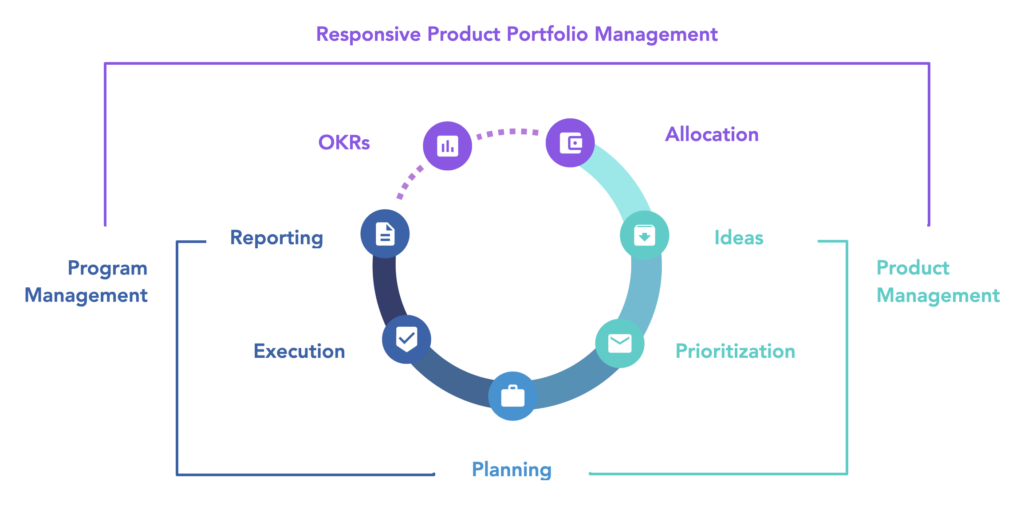
Product Portfolio Management = (Product Management + Program Management) * N Team
A Product Portfolio Management (“PPM”) tool covers the WHY, WHAT, HOW, WHEN, WHO, and WHAT-IF in creating product. It enables the collaboration between product, engineering, program, and other functions involved in bringing products to market.
There are 3 types of tools today attempting to address the needs of product portfolio management.
- Roadmap tools, e.g. Aha or productboard
- Embedded “PPM”, e.g. plugins like Big picture, Structure or Jira Roadmap
- Complete PPM tools, e.g. Dragonboat or Jira Align
#1 – The Roadmap Tools – Covering the WHY and WHAT
Roadmap tools, such as Aha and productboard, focus on product vision, strategy, idea capture, and feature prioritization. They work well for a top-down one-directional workflow, passing prioritized ideas from product to engineering. However, there are a few key gaps when it comes to PPM support.
- Roadmap tools do not support iterative collaborations between product and engineering, or between product teams themselves. Each product manager often works out of their siloed workspace with their own strategy and focus.
- Roadmap tools do not support portfolio allocation, essential in prioritizing across competing goals. For example – how do you prioritize a Feature for Retention against a Feature for New Account Acquisition?
- Roadmap tools do not support portfolio tracking, as in various rollups and against plans. Planning a timeline and tracking progress are inherently program management activities, where roadmap tools do not focus.
- Roadmap tools do not support multiple portfolio dimensions. While strategy is a key dimension of a portfolio, business goals (e.g. OKRs) and categories are additional dimensions that should be considered for product focus and allocation.
- Roadmap tools are not program management or product ops tools. Hence they do not support resource and dependency planning, especially around different teams and skills which are often blockers in building products that require more than 1 scrum team.
- Roadmap tools do not provide portfolio-level reporting and communication. Gathering progress, comparing to plan, and aggregating various updates to various stakeholders that each needs different sets of data in different dimensions can be a time-consuming activitiy.
#2 – The embedded “PPM” – covering the HOW and WHEN
Embedded “PPM” solutions such as Structure or Jira Advanced Roadmap, are plug-ins that are embedded in the execution tool. They provide good roll-up reports for a predefined hierarchy of the portfolio.
However, they rely on the data that already resides in the execution tool. Hence they are not natively built for the fuzziness of the product ideation/ portfolio discovery phase.
The upstream of the portfolio management, such as defining portfolio dimensions like goals, strategies, categories, and their respective allocation, as well as scoring or other prioritization activities, are not part of the workflow of these “embedded PPM” tools.
Often, the access to execution tools is not company-wide. Or different functions/ teams use different tools for their day-to-day work. This creates additional collaboration, visibility, and contextual challenges for the “embedded PPM” tools.
#3 Complete PPM tool – covering the WHY, WHAT, WHO, WHEN, WHAT-IF
Complete PPM tools offer top-down, bottoms up and horizontal interactions and workflows to bring winning product features (or initiatives) to market faster.
The top-down workflow includes defining, aligning, and allocating to strategic goals, themes, and other portfolio dimensions, along with idea capture and prioritization. Prioritization needs to be within the framework of allocation.
If you don’t have allocation, you can’t execute strategies.
The horizontal workflow refers to the collaboration across product teams and between product and tech leads. This is often seen during quarterly planning. Most products are not built by 1 team or used by 1 type of user. Horizontal collaboration identifies and addresses major dependencies or resource bottlenecks to prevent “Agile Madness”.
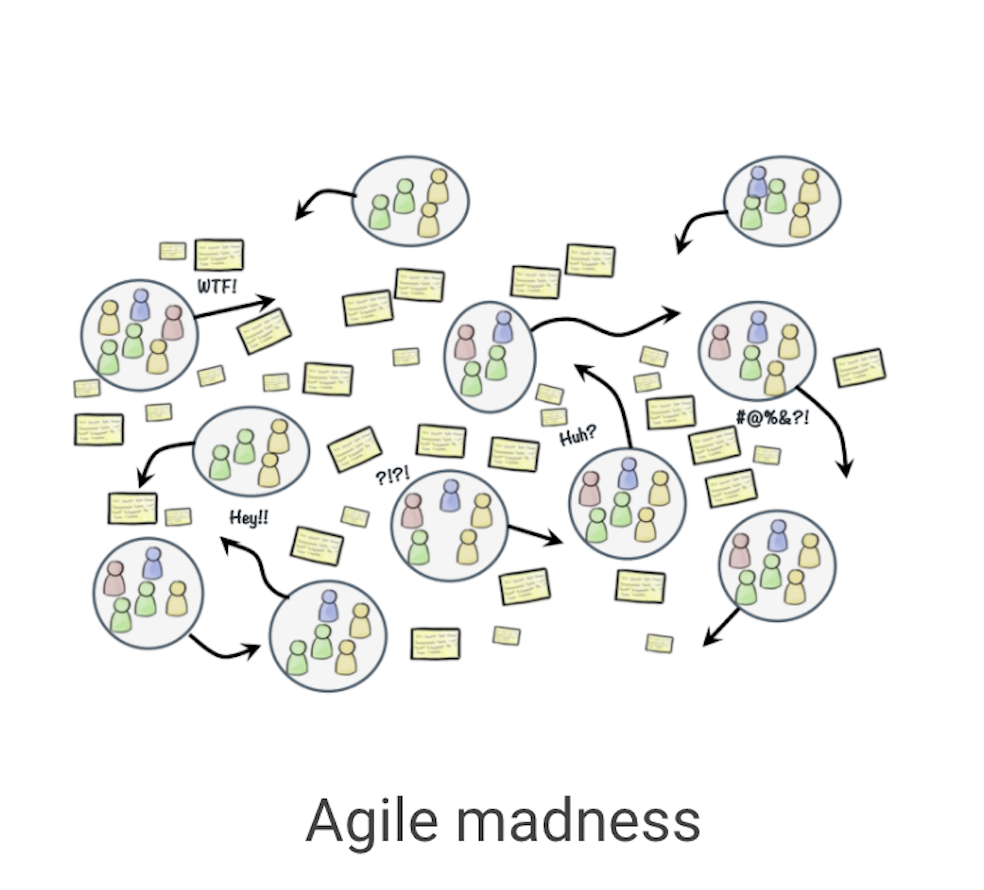
The Bottoms up workflow refers to the tracking, reporting, and adjusting of product roadmaps based on progress vs plans. A PPM tool is often integrated with team tools, e.g. Jira or Asana, for team execution. The execution progress rolls up to various levels of the portfolio and is shared with portfolio participants for context and visibility. The delta in plan vs. predicted timeline enables tracking and measuring of outcome to start the next portfolio iteration.
Final Thoughts
At any given time, in the same portfolio, there could be a strategic roadmap, a customer roadmap, a quarterly roadmap, and even an engineering roadmap.
A roadmap is a snapshot of a point in time in one dimension of a portfolio.
A portfolio is evolving and multi-dimensional. Every product manager needs to take a portfolio approach in building products while collaborating with each other, product operations, engineering, go-to-market teams, customers, and external parties.
Dragonboat is a responsive PPM solution supporting a responsive portfolio workflow before and after scrum. Dragonboat starts with aligning and allocating to strategic goals/ OKRs and themes, supporting idea capture and product prioritization, and enabling the collaborative planning between product and engineering teams to design the best portfolio roadmap.

